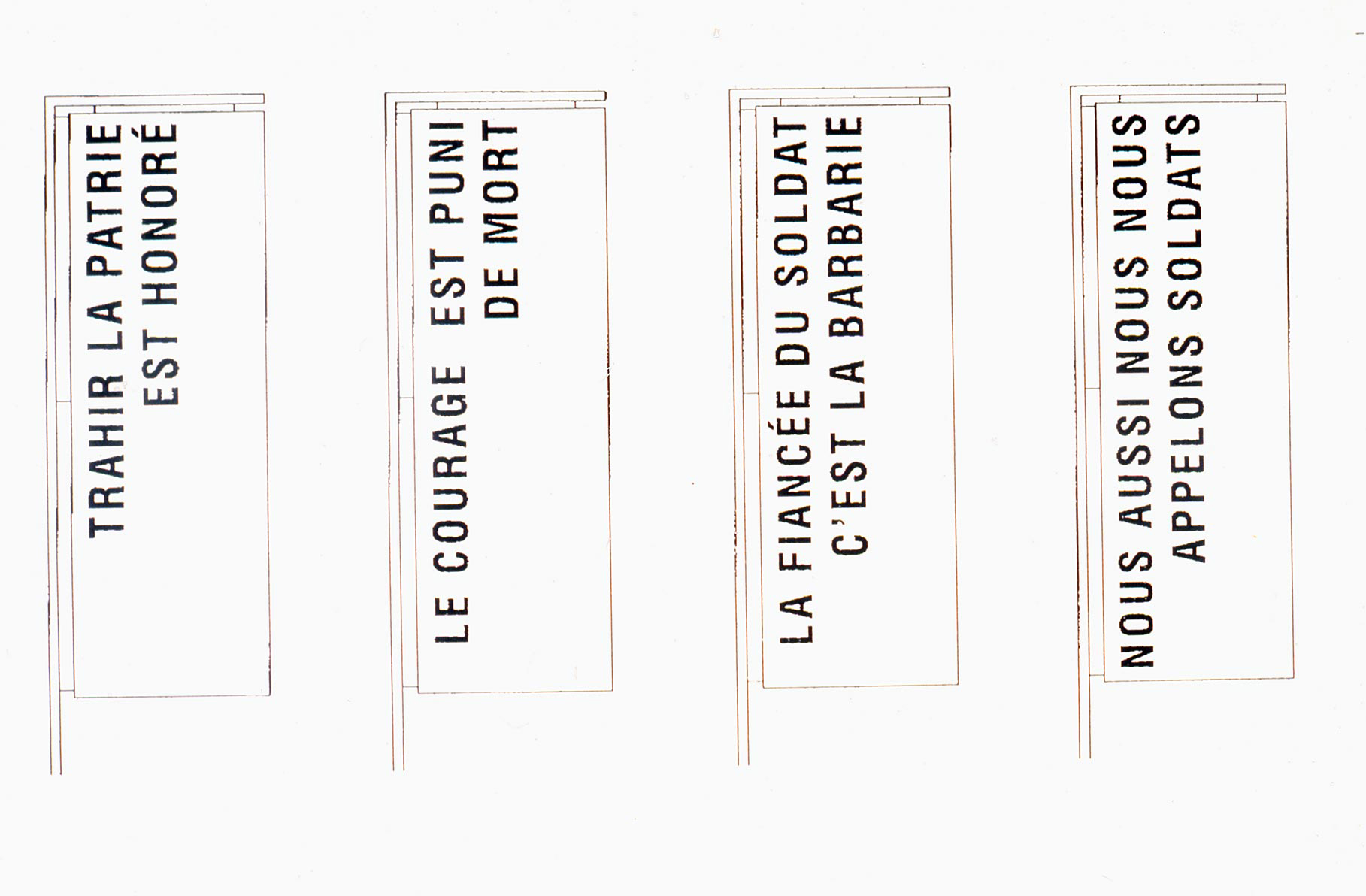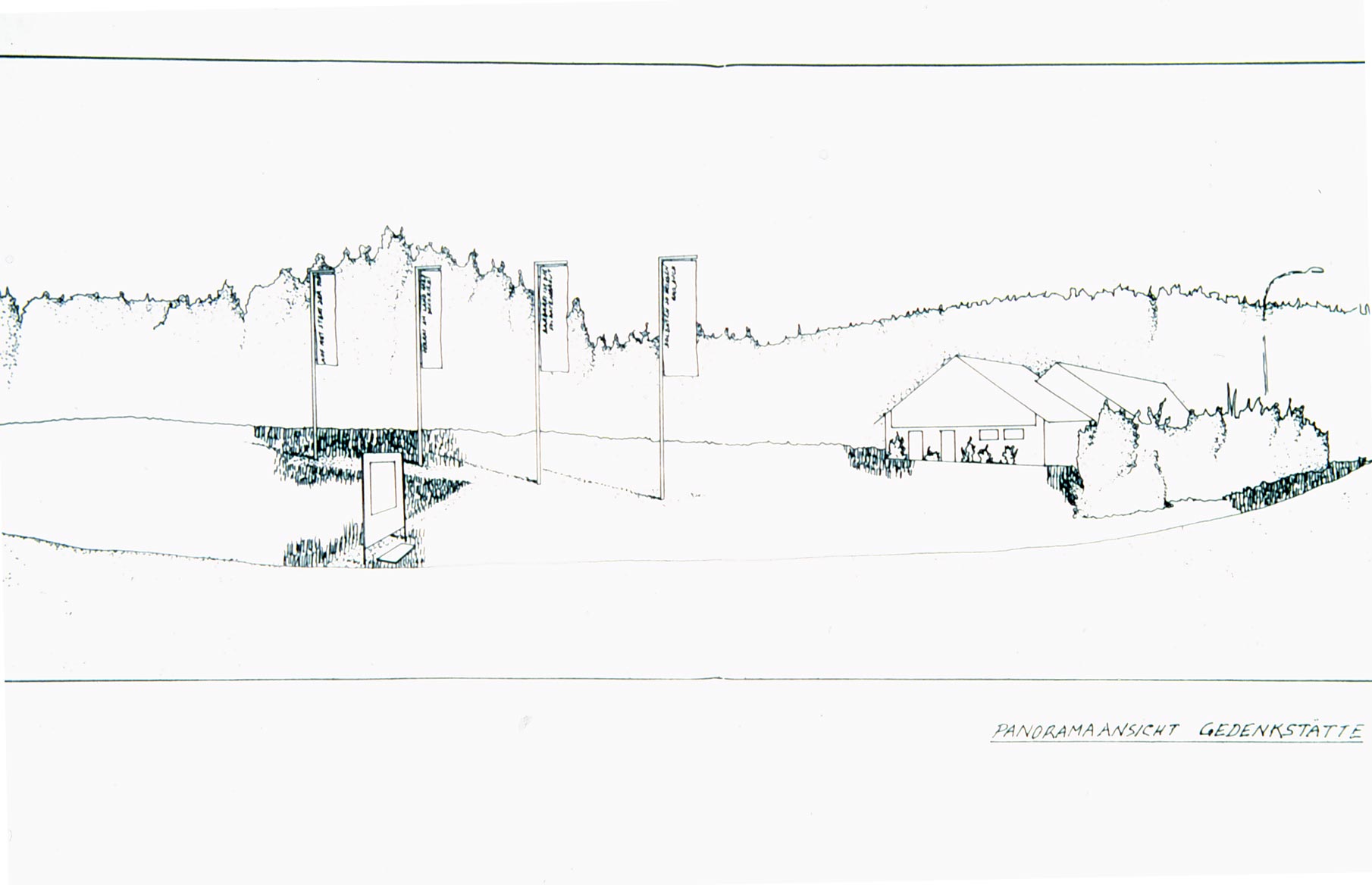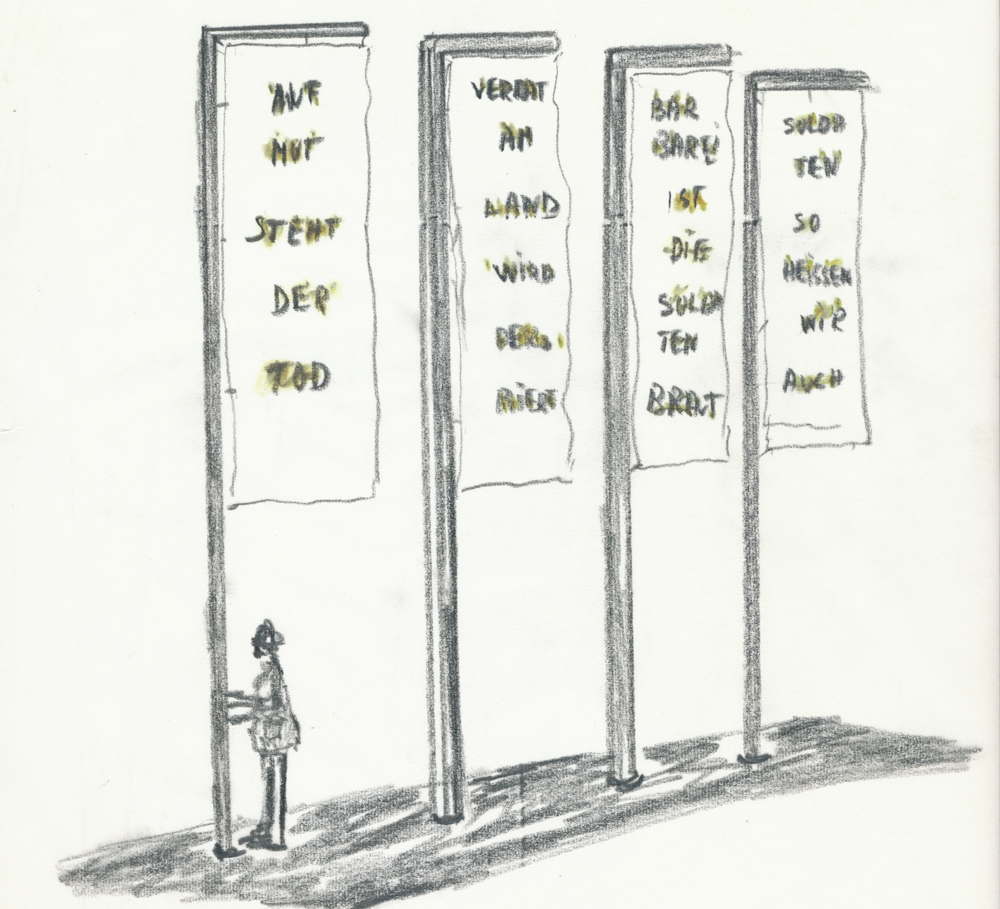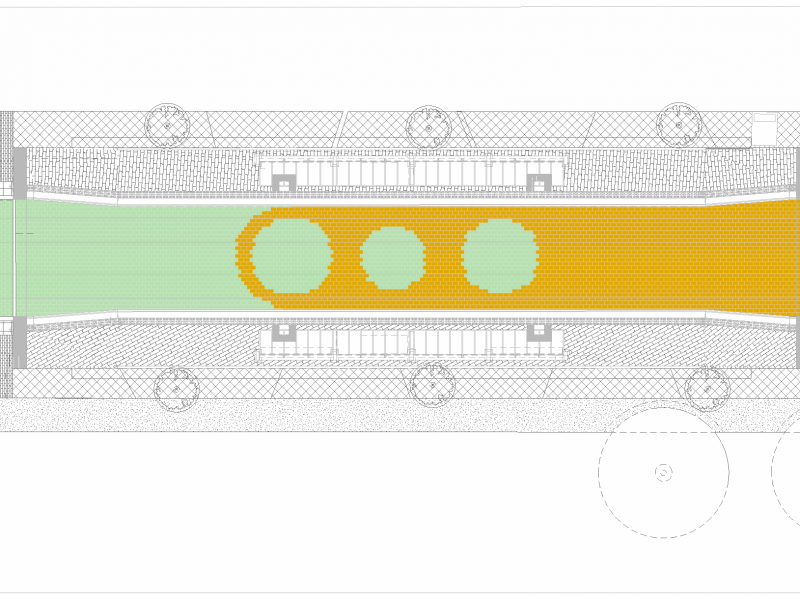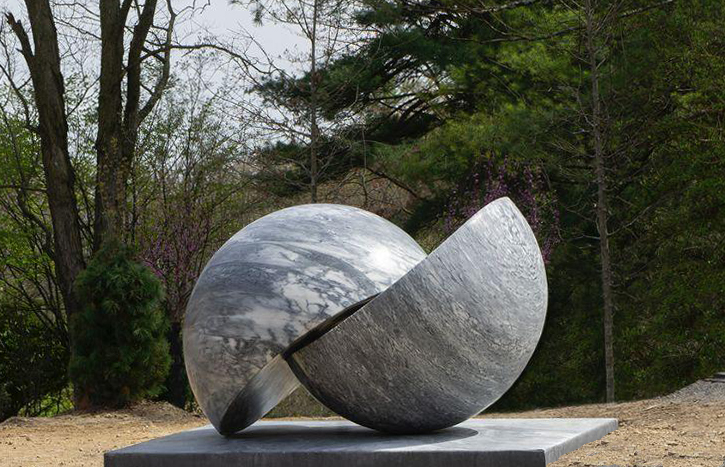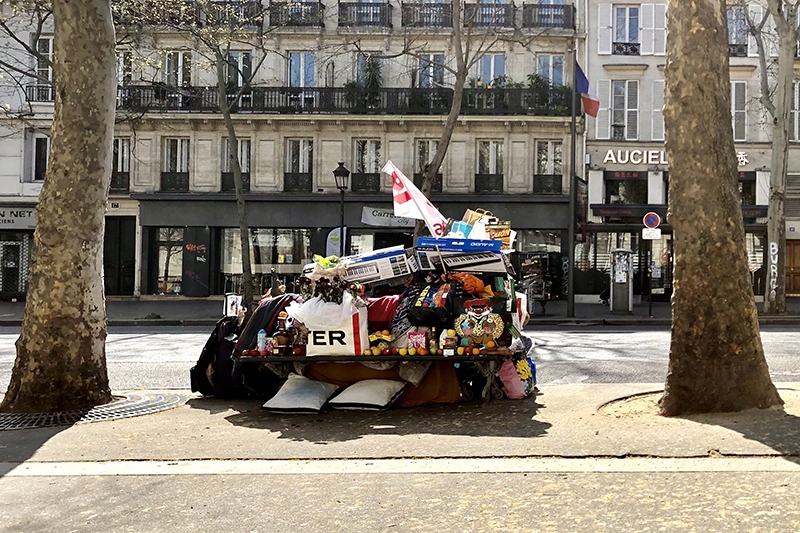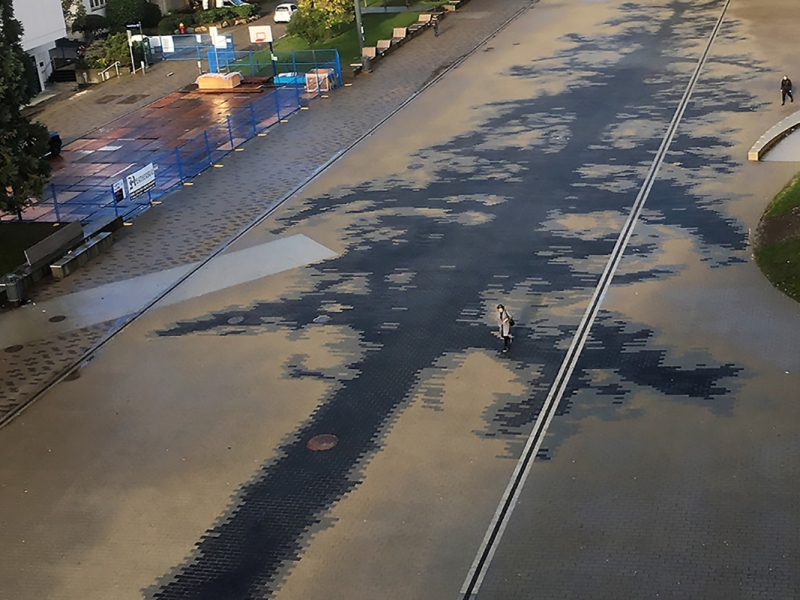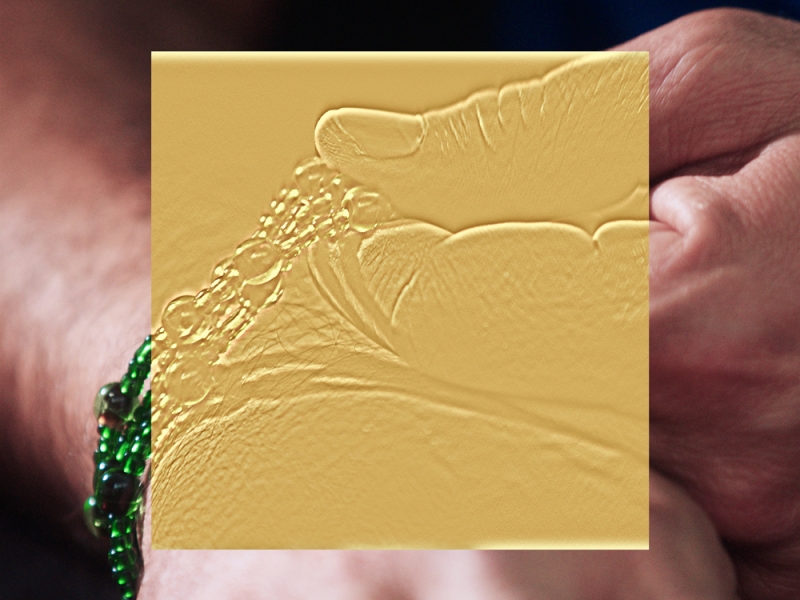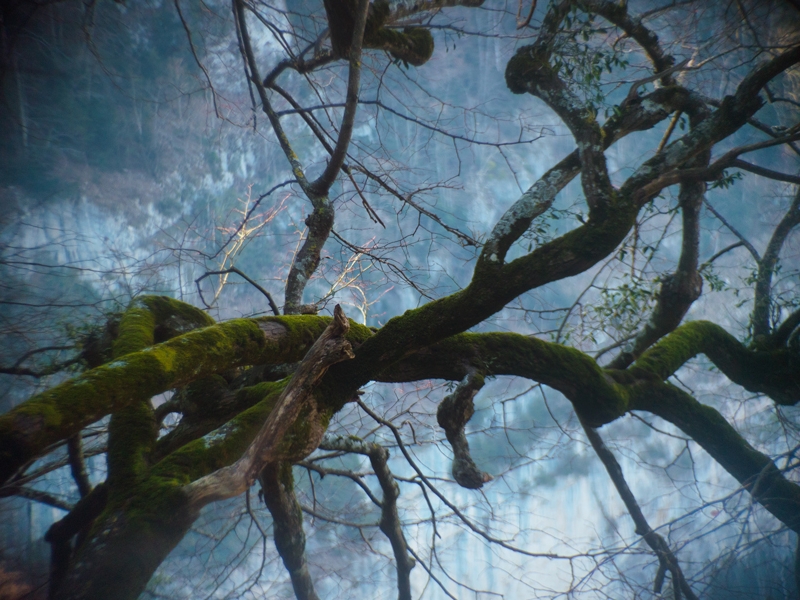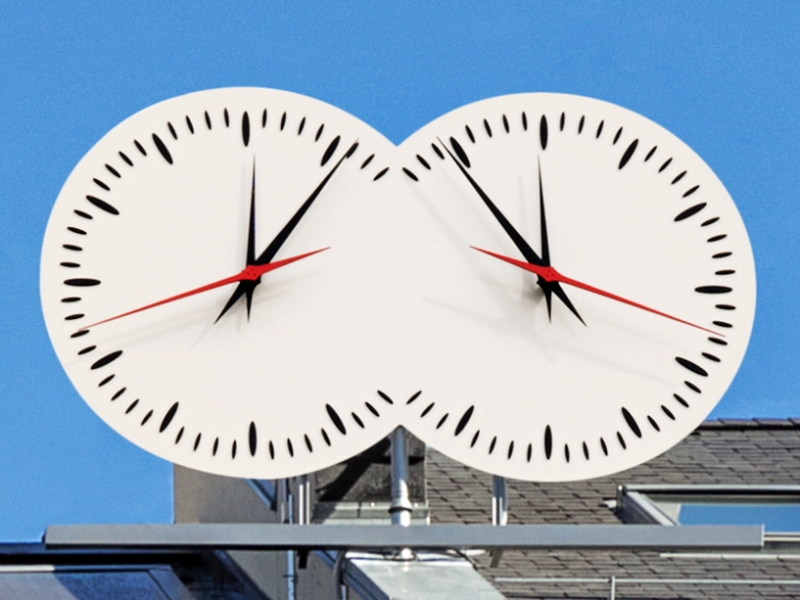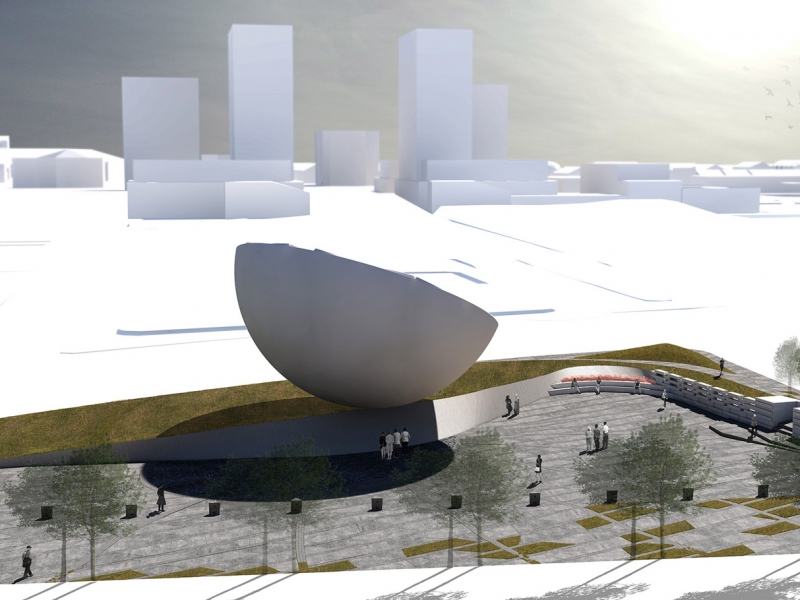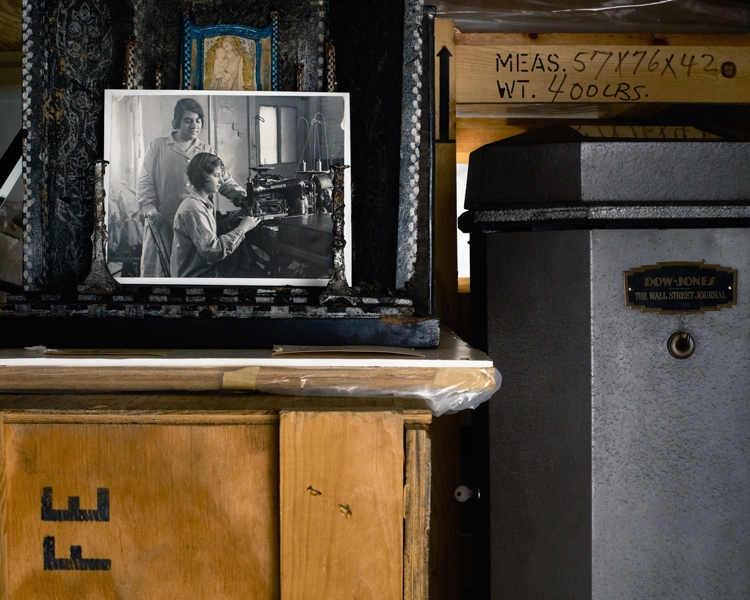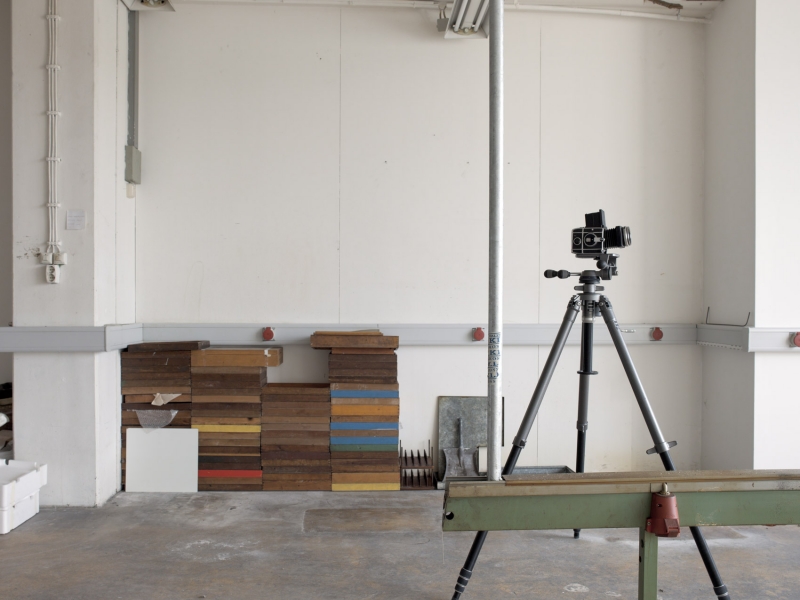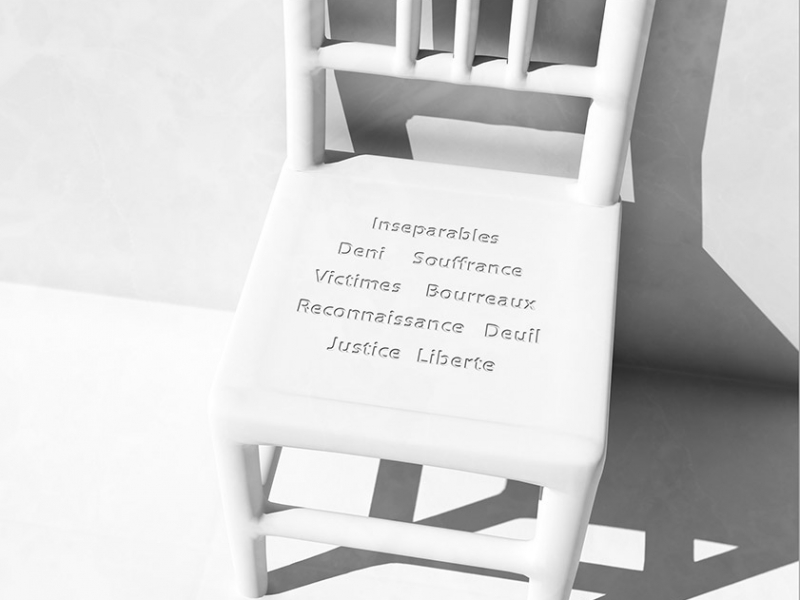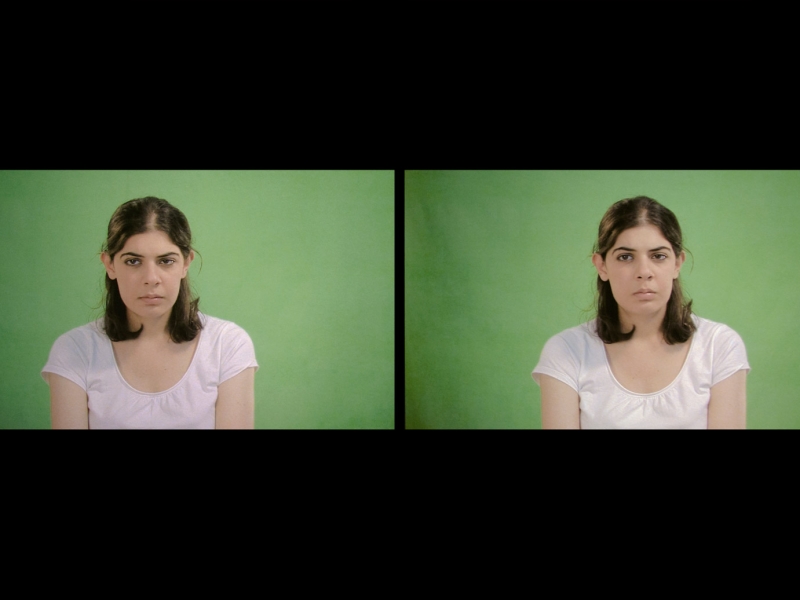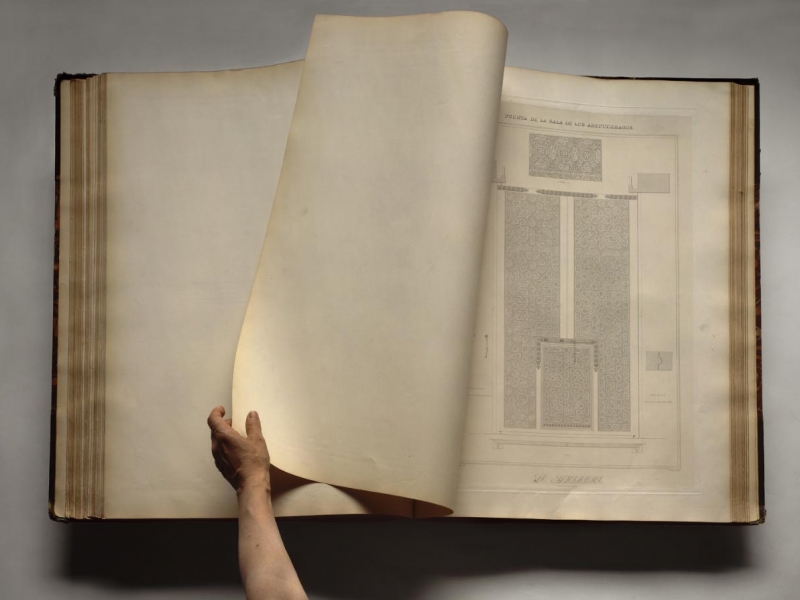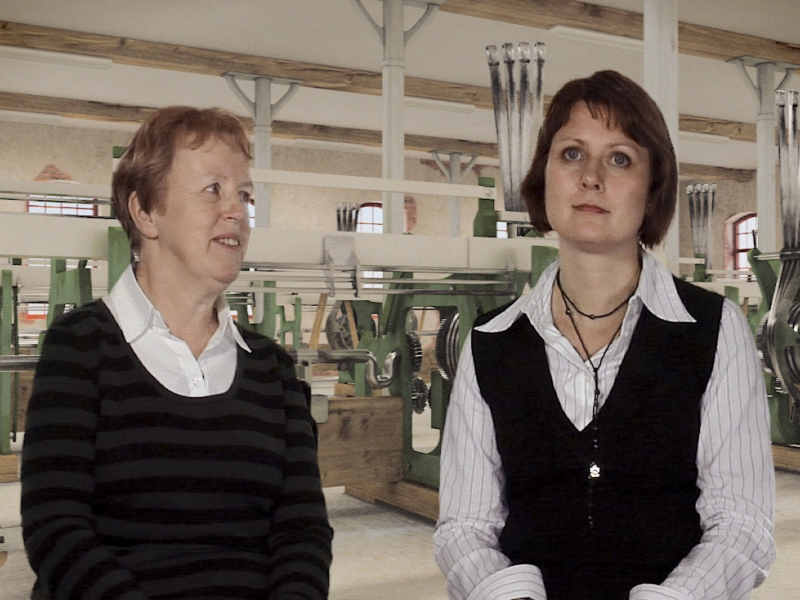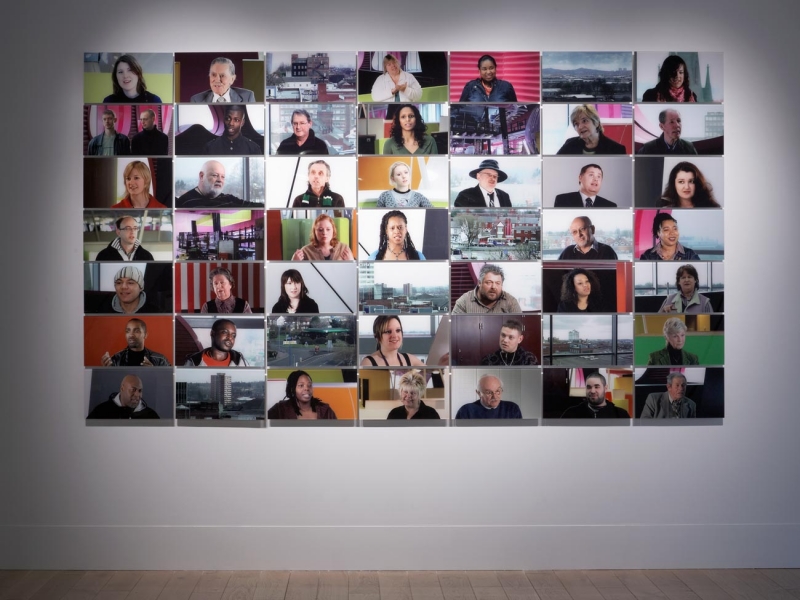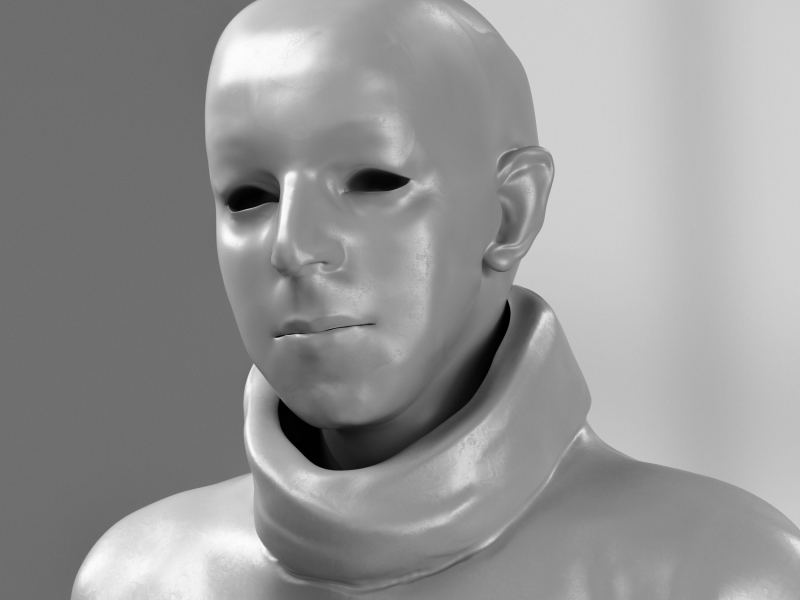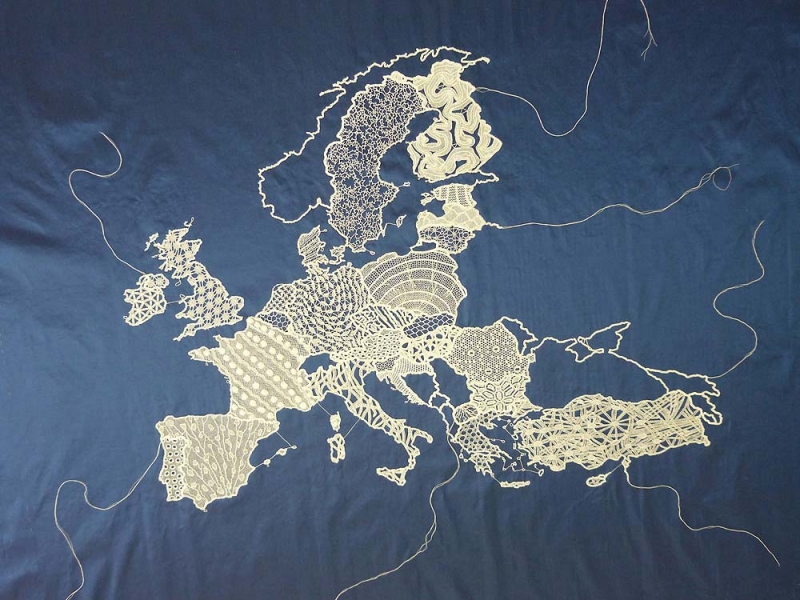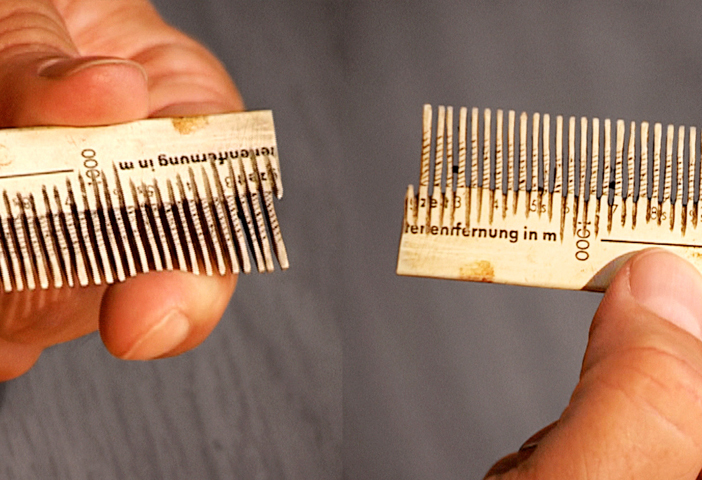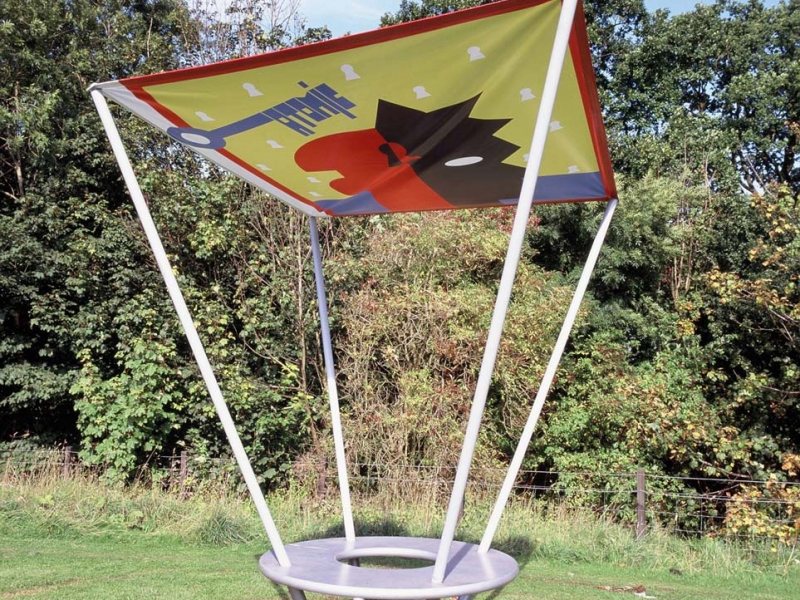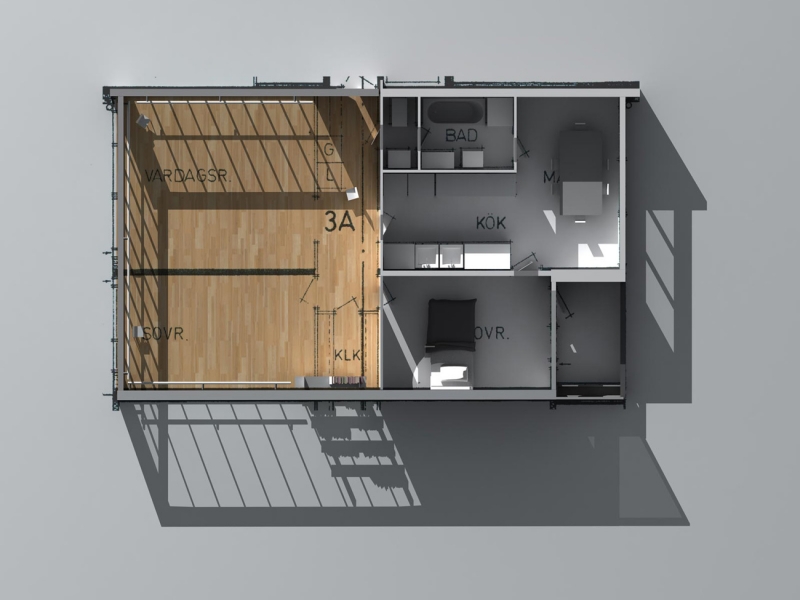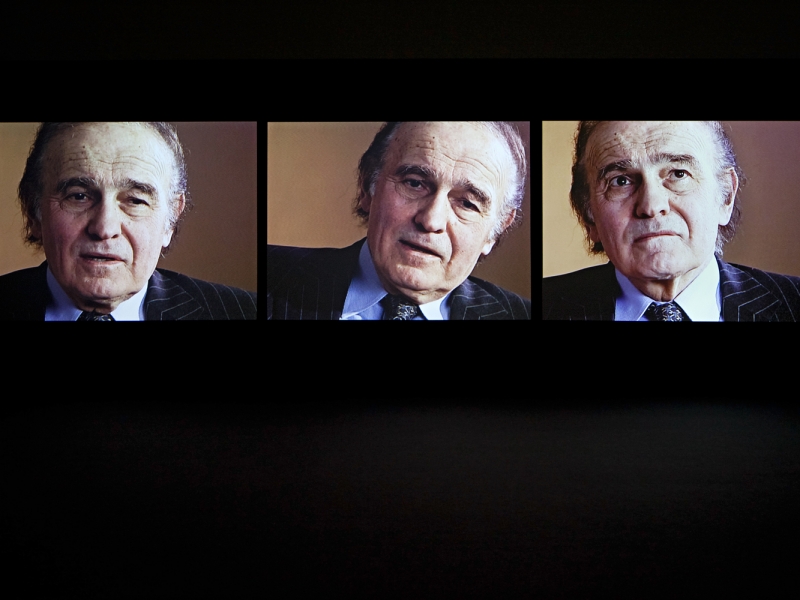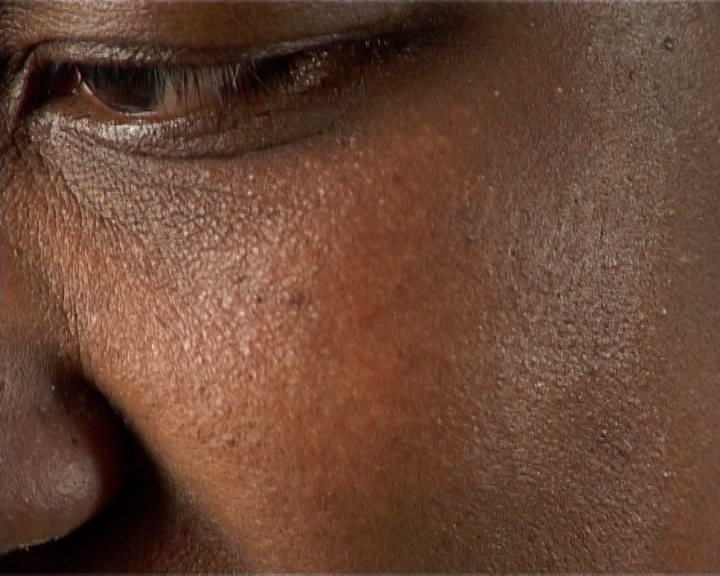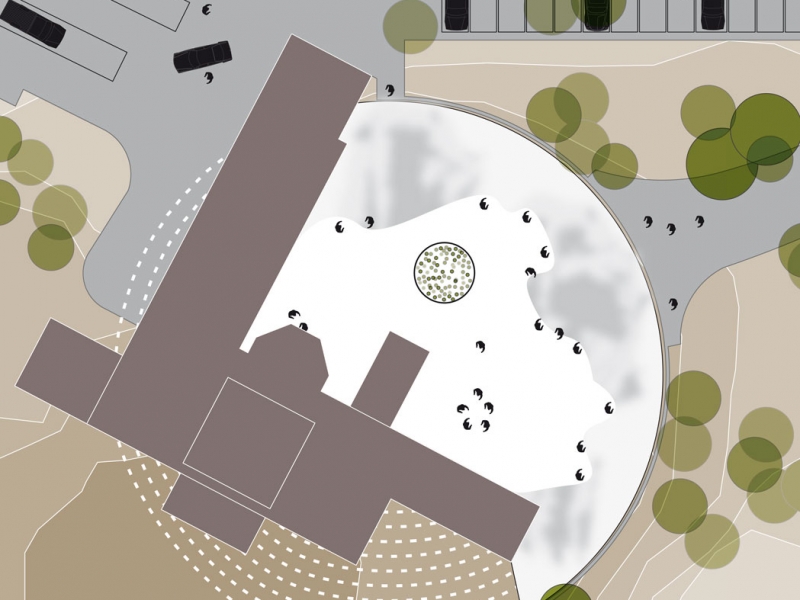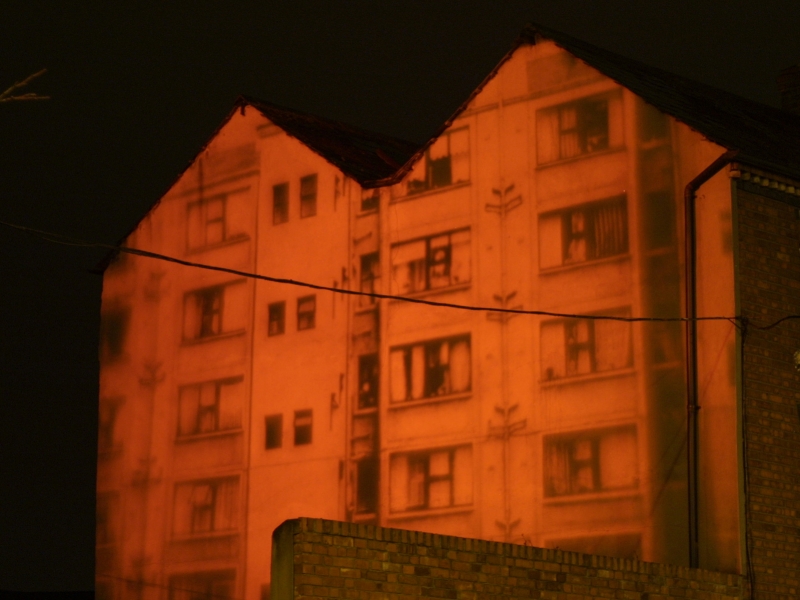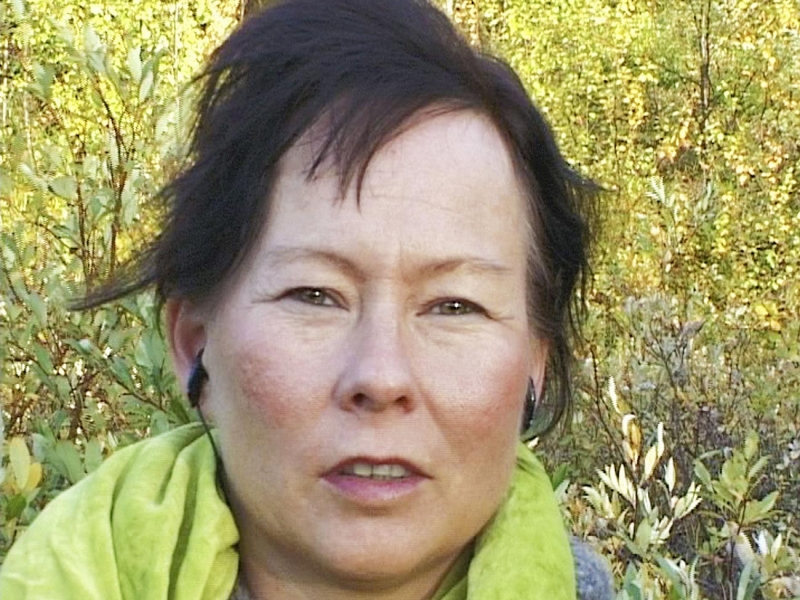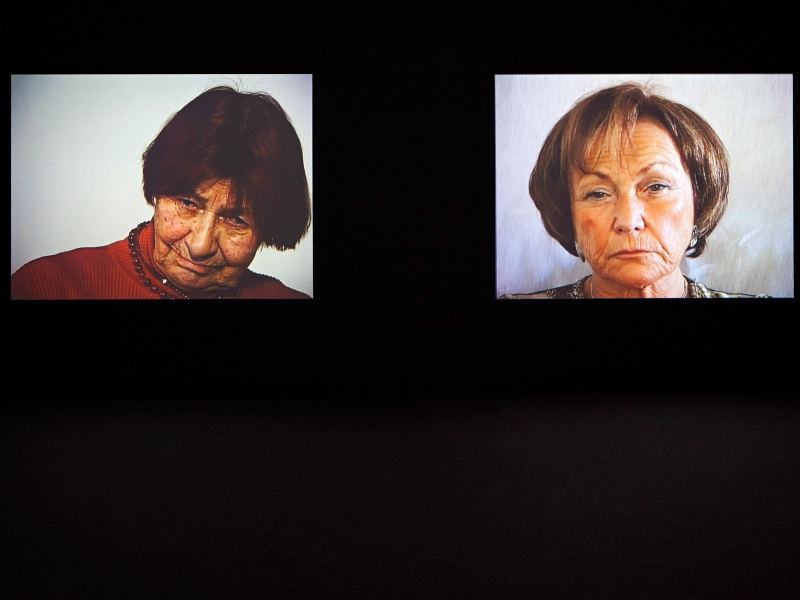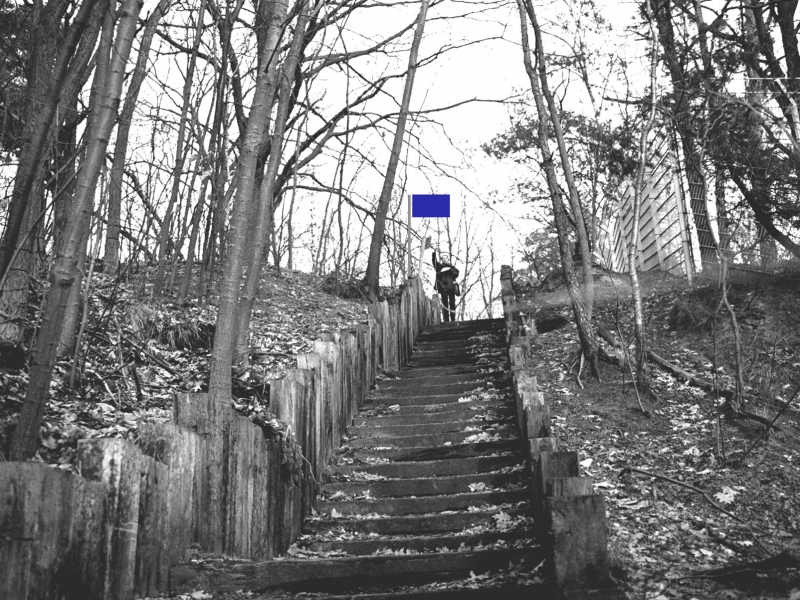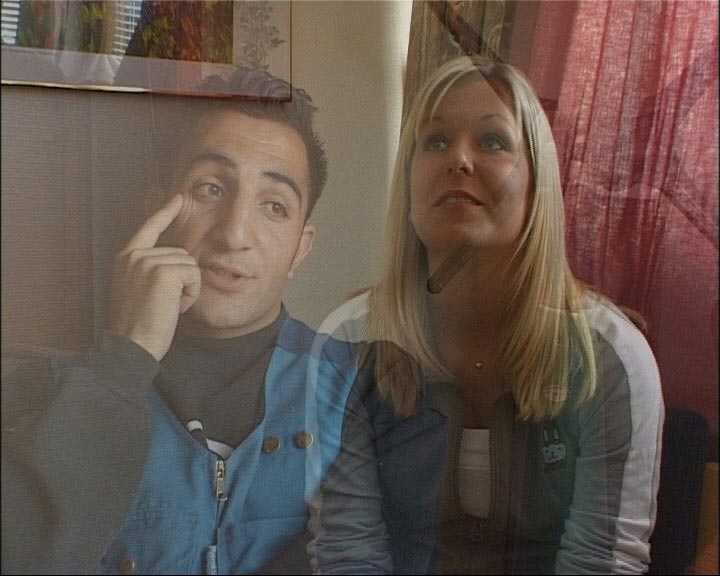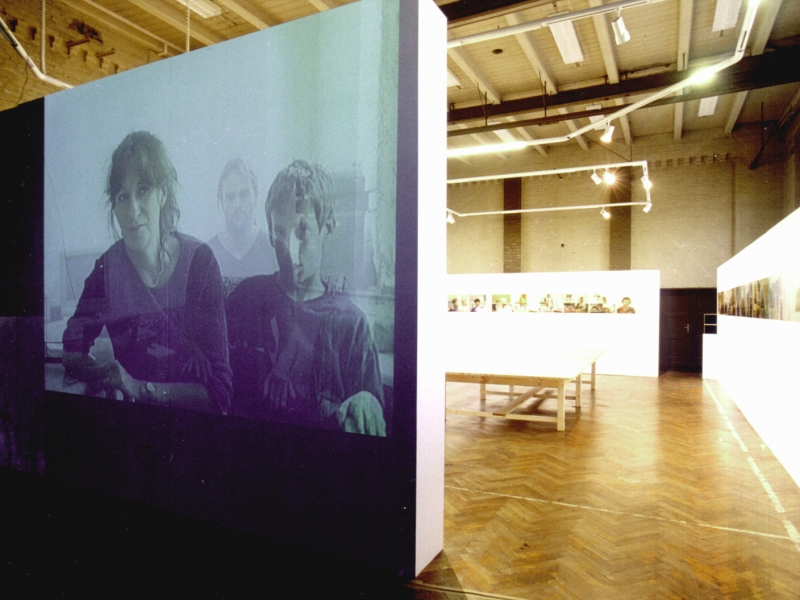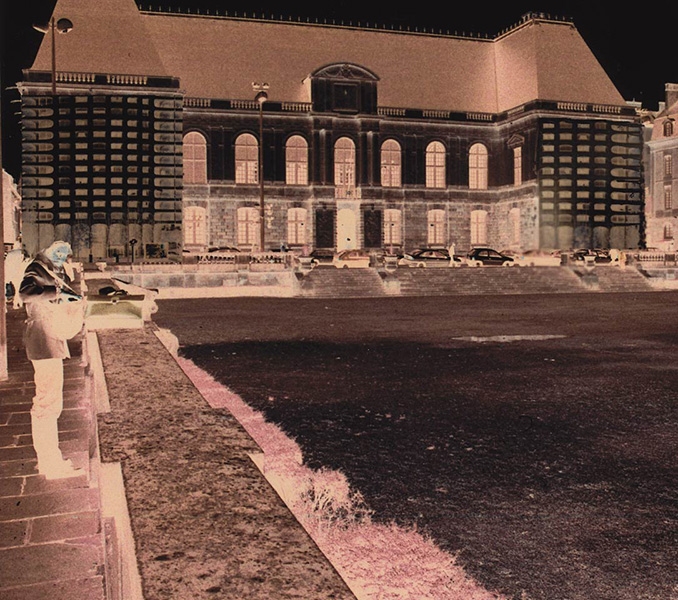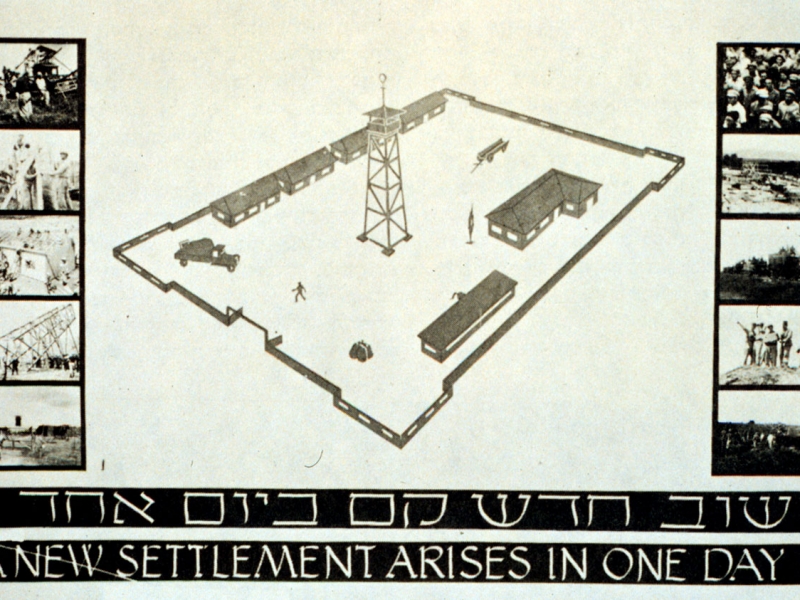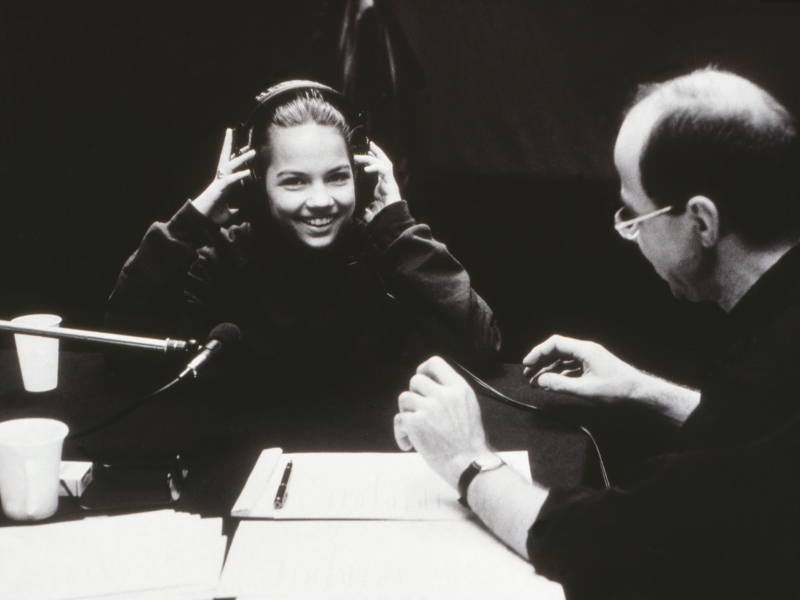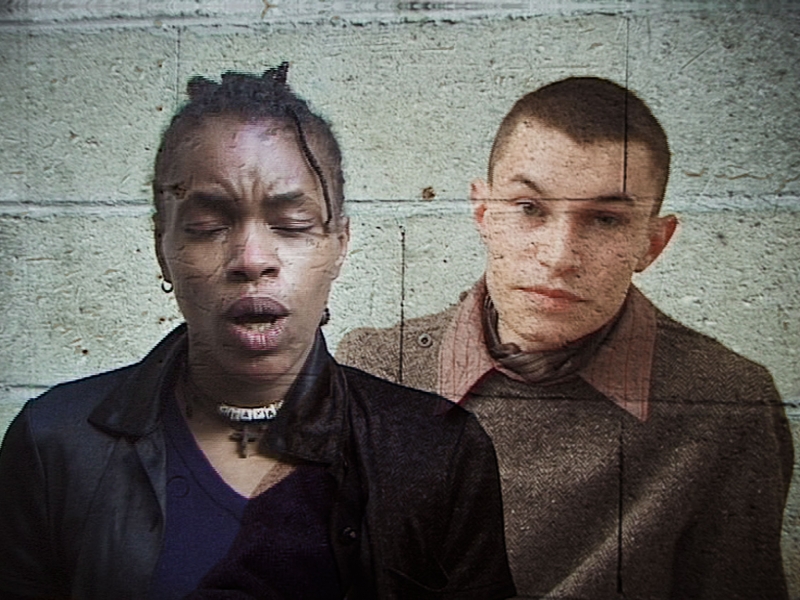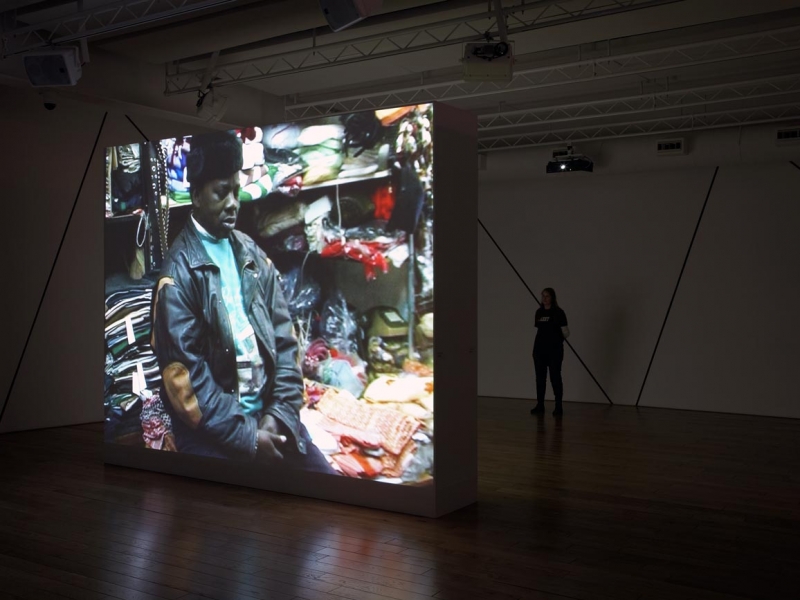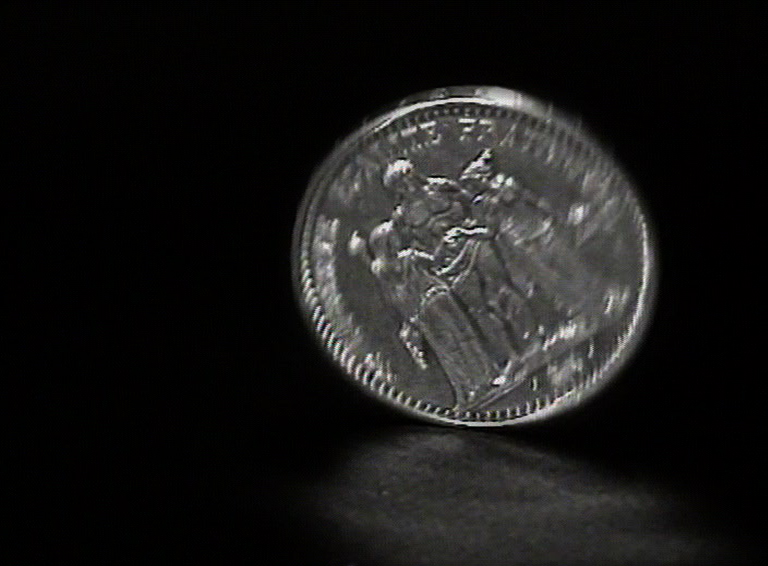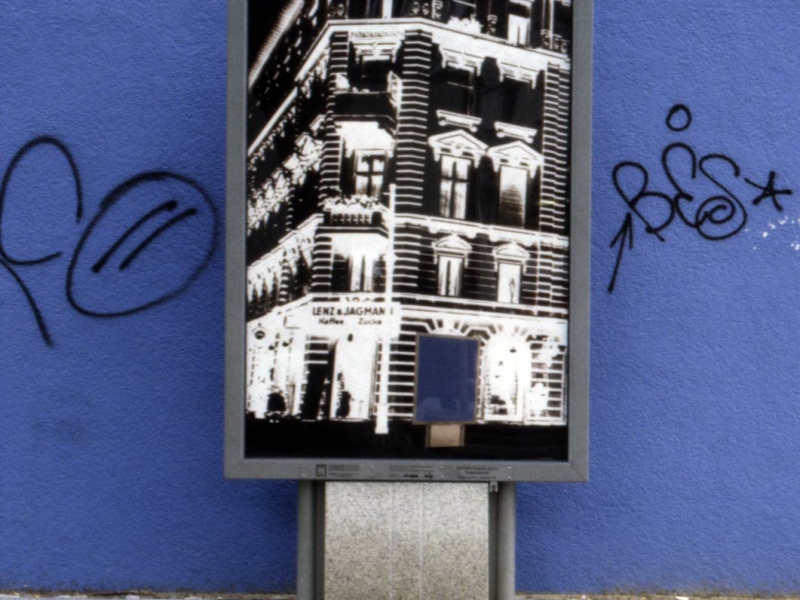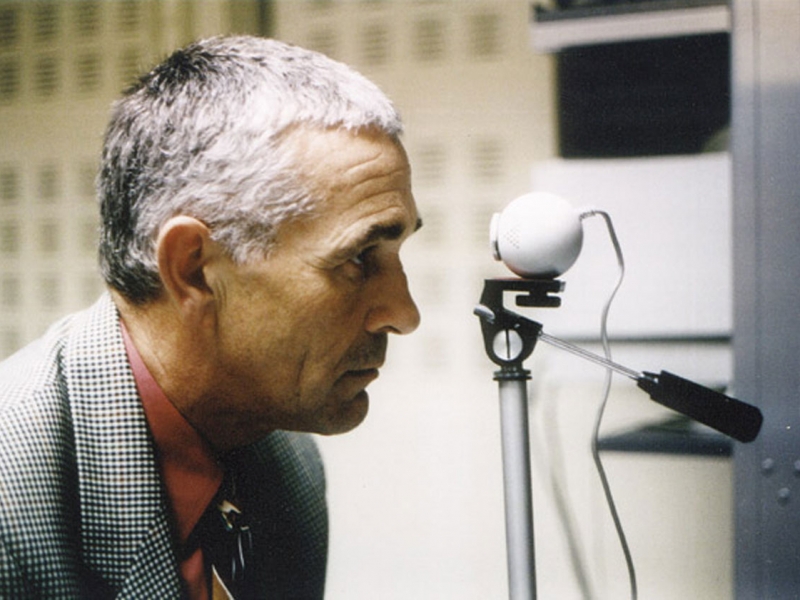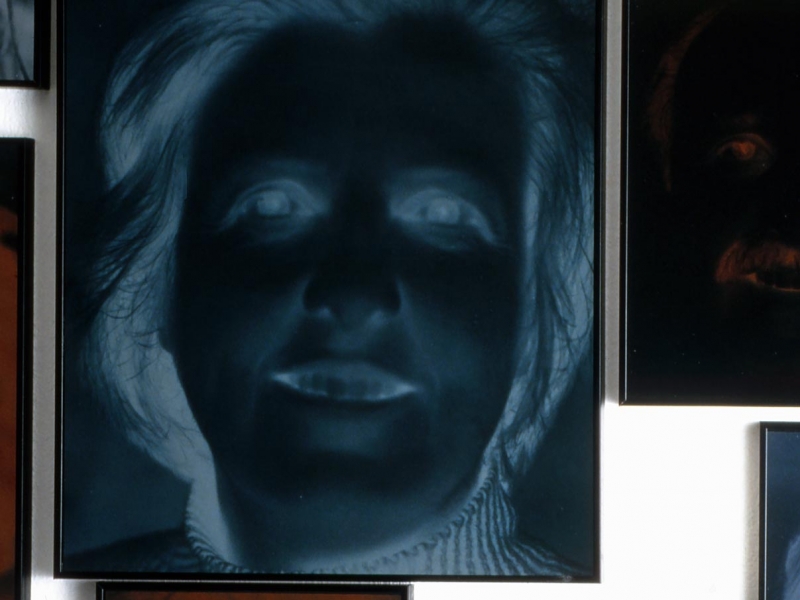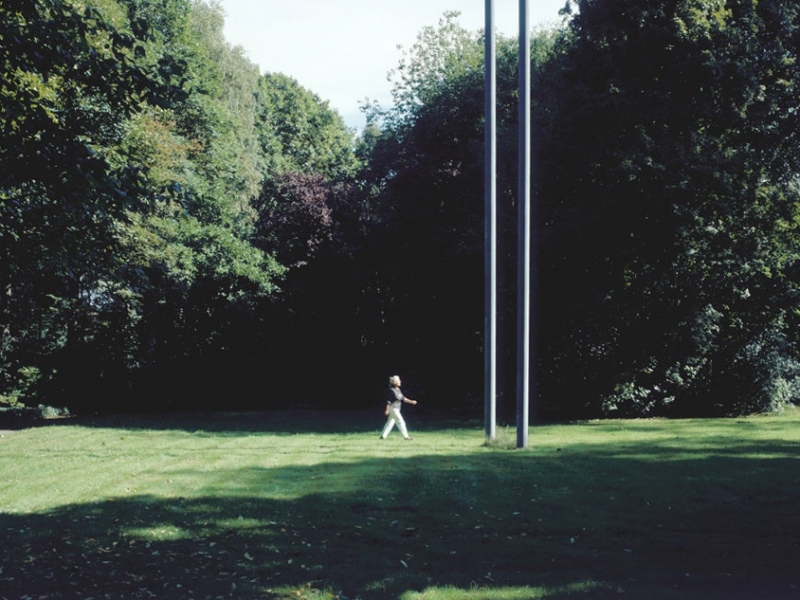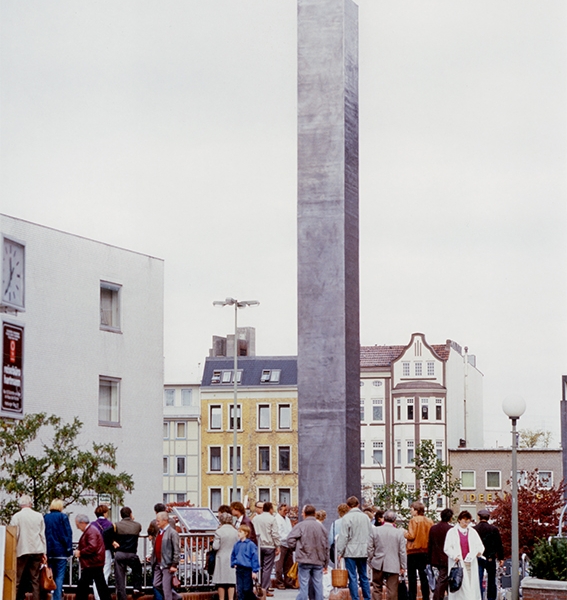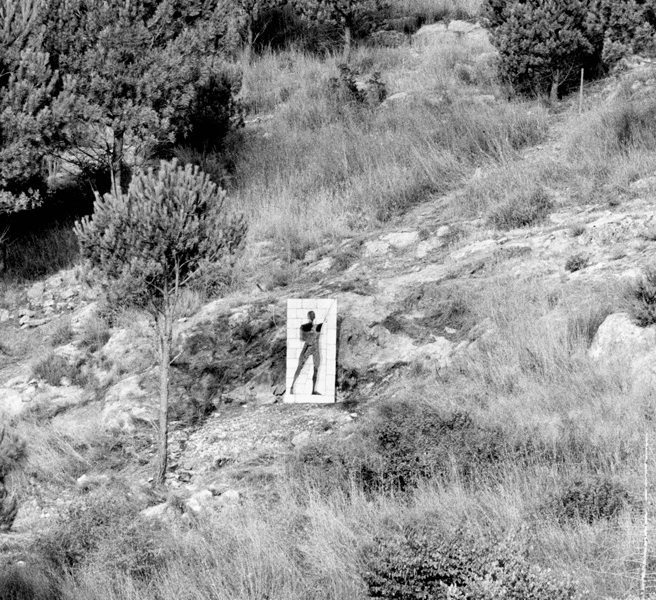THE GEESE OF FELIFERHOF
1996
Proposal for a Monument at the Feliferhof army training ground, Graz, Austria
Esther Shalev-Gerz and Jochen Gerz
In 1996 Esther Shalev-Gerz and Jochen Gerz proposed The Geese of Feliferhof as their invited response to an international competition for a monument to commemorate the Austrian Resistance.
To be sited at Feliferhof – a shooting ground used by the Austrian Army including for the execution of resistance workers – were to be an initial four white flags with printed texts in red: Courage Is Punished With Death; Betraying The Country Is Honoured; The Soldier’s Fiancée is Barbarism and We Too, We Are Called Soldiers. After the initial twelve months the artists proposed that the flags be replaced annually with new texts suggested by soldiers of the Austrian Army.
Having won the competition Shalev-Gerz and Gerz’s proposal was later rejected by the Austrian Army. Whilst often deemed to be a country mute on the subject of Word War II, the rejection of The Geese of Feliferhof fuelled a debate carried out nationally in the press and media, which repeats annually on the anniversary date of the army’s rejection of the work.
LES OIES DE FELIFERHOF
1996
Proposition pour un monument sur le terrain d’entraînement militaire de Feliferhof, Graz, Autriche
Esther Shalev-Gerz et Jochen Gerz
En 1996 Esther Shalev-Gerz et Jochen Gerz proposèrent Les oies de Feliferhof en réponse au concours international lancé pour la réalisation d’un monument commémorant la Résistance autrichienne.
Sur le site de Feliferhof – un terrain de tir utilisé par l’armée autrichienne, y compris pour l’exécution des résistants – devaient être initialement placés quatre drapeaux blancs sur lesquels auraient été imprimés en rouge les textes suivants : « Le courage est puni de mort », « Trahir le pays est honoré », « La fiancé du soldat c’est la barbarie » et « Nous aussi on nous appelle des soldats ». Les artistes avaient proposé qu’au terme des douze premiers mois, de nouveaux drapeaux arborant d’autres textes tirés des suggestions des soldats de l’Armée autrichienne actuels remplacent les anciens et que cette opération soit renouvelée tous les ans.
Après avoir gagné le concours, les deux artistes virent plus tard leur proposition rejetée par l’Armée autrichienne. Alors que l’Autriche est souvent considérée comme un pays mutique au sujet de la Seconde Guerre Mondiale, ce refus alimenta un débat à l’échelle nationale dans les medias. Celui-ci se réitère chaque année à la date anniversaire du refus par l’armée de cette œuvre.


